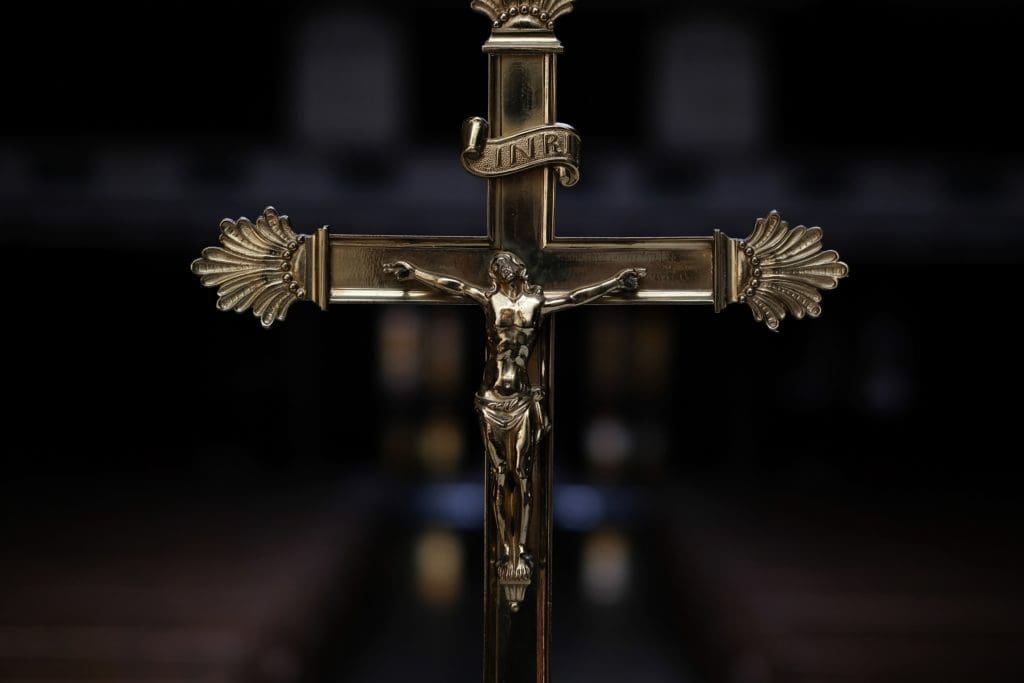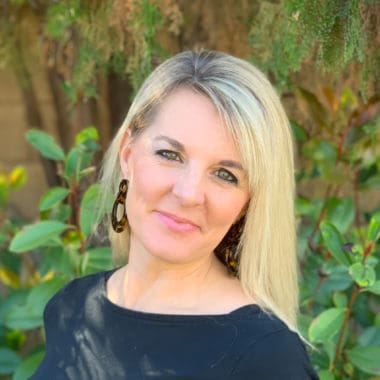This Present Paradise
A Series of Reflections on St. Elizabeth of the Trinity
My desk was littered with books, articles, scribbled notes – and the glaring whiteness of a blank computer screen, with a blinking cursor reminding me in a steady silent beat: you – have – nothing. You – have – nothing. You – have – nothing.
I had no idea where to start. This saint had taken me on long ago (a wise priest once assured us in a homily that we don’t choose our saints, they choose us) and I was letting her down. I wanted to capture some of her wisdom, to frame it in a fresh way, to introduce her to other modern mothers who needed to know that a young Carmelite, in a supreme act of love, had written a retreat for someone just like them over a century ago.
St. Elizabeth of the Trinity, a Carmelite nun from Dijon, France, wrote a luminous retreat – a series of reflections to be read over ten days – for her married sister, Guite, as a sort of last testament just months before she died in 1906 at the age of 26.
At the time, her younger sister was a mother at home with two young children, and all wrapped up, like so many of us, in the cares of life. She couldn’t count on the confines of a Carmel to assure her hours of silent prayer and spiritual reading. No matter, teaches Elizabeth. You can have a cloistered heart.
Decades before Vatican II called for the sanctification of the laity, Elizabeth prophetically illustrated that holiness is just as much for the layperson – yes, even the mother at home – as for the Carmelites. Every woman can discover the sanctuary in her soul. She can worship day and night in the sacred silence of her inner temple with her God who waits for her there. In one of her last letters to Guite, Elizabeth affectionately offers to pray for her little nieces, that they “might always walk in the bright splendor of God and be contemplatives like their little mama.” (emphasis in original.)
She had learned this lesson herself as she waited longingly to enter the convent, pining for a life devoted to God, but held back by her mother’s hesitation. And then, in that place of waiting, God had reminded her that He was not confined to the convent. In a poem for Pentecost two years before she entered Carmel, she writes that her vocation is not actually ‘Carmel’ but ‘union.’ And this vocation can be lived anywhere. In the delay, God had allowed her – no doubt, in part for our sakes a century later – to see that her hope was “founded in Jesus alone // And while living in the midst of the world // May I breathe Him alone, see Him alone // Him my love, my divine Friend!”
I remember exactly where I was standing in the backyard, holding a book of her writings when I realized that I’d found a saint who perfectly bridged the divide between the Carmel and the kitchen, the chasm separating the cloister and the carpool.
But now, I – had – nothing.
I just didn’t know how to do this gem of heaven any justice. Surrounded by other people’s words and wisdom, I felt my own inadequacy as I had never felt it before. And then, just like that, she gave me the exact answer.
My eyes fell on one of her first letters to Guite after leaving home for the convent. Gently she wrote, “I would advise you to simplify all your reading, to fill yourself a little less, you will see that this is much better. Take your Crucifix, look, listen.”
Oh, Elizabeth. You were telling me that the starting point was not in a commentary, no matter how brilliant. It was not in a biography, no matter how complete. It was not in a compilation of letters or pages of poems. It was not in your words at all, or your life, or your legacy.
It was in Him.
If the end was union with God, then so must I begin. In order to understand her, I needed to be re-introduced to the One she loved so well. Here I would find the starting point, the ending point, the center-point.
Fittingly, it was in the midst of the novena for Pentecost that I had found myself hunched over books and papers. I shoved everything aside and sat for a moment, finally still. With my eyes on the crucifix suspended on the wall next to me, I smiled.
Yes, Elizabeth. You are right. I have everything.
(For part 2, see here.)
Image by Josh Applegate on Unsplash




